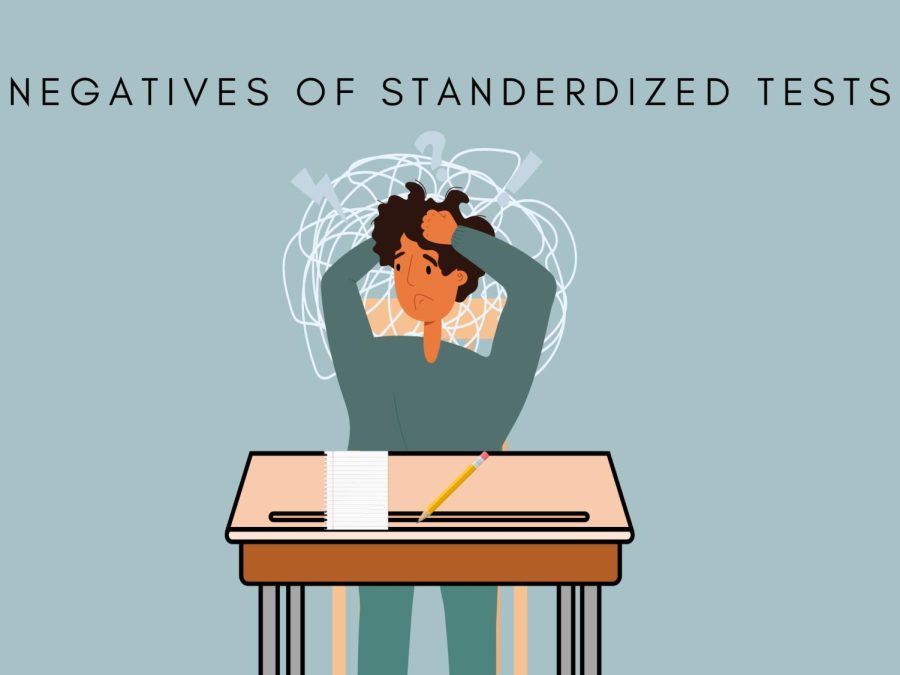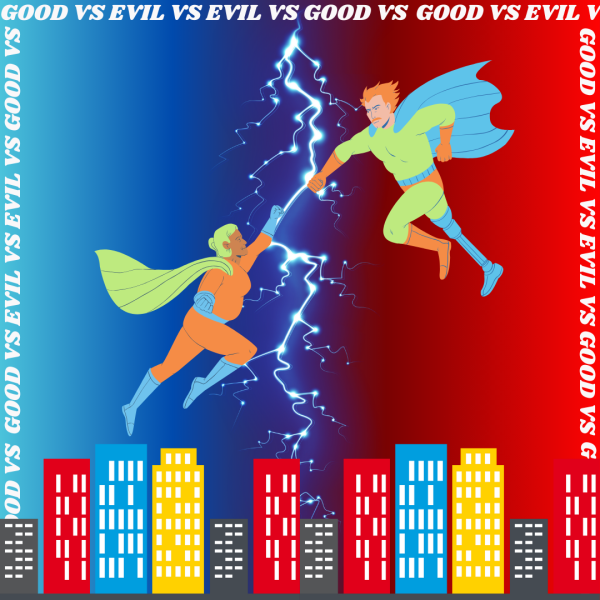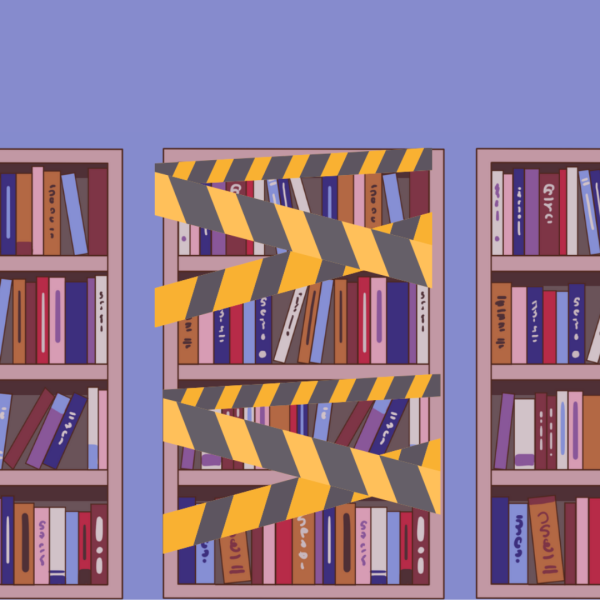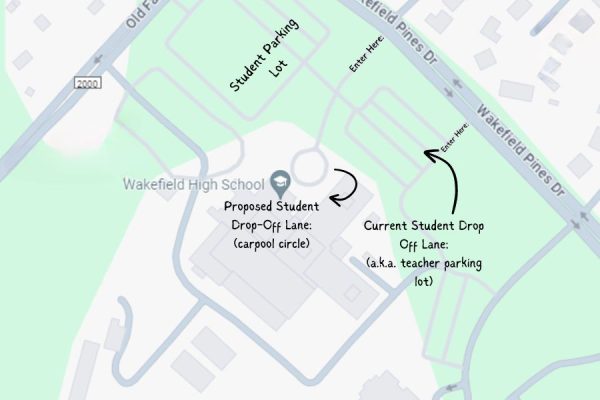Standardized tests prove nothing
Being a part of the American education system since the mid-1800s, standardized testing fails to measure what it sets out to measure. There are much better ways to evaluate students.
Imagine this: a very important test booklet is placed in front of you that is meant to evaluate your skills in math, science, grammar and reading comprehension, all in a timed manner, and the test score you receive is quite crucial in the college admission process. This is the reality of certain standardized tests such as the SAT and ACT given to high school students to assess their academic aptitude, but does it really measure what it sets out to measure?
Tests such as the SAT and the ACT gather all students to take the same test in a room, but not every student in the room is the same; there are painters, scientists, musicians, writers, athletes or someone that wants to go into fashion all sitting in the same scene, bubbling in an answer sheet. This leads us to one of the most critical issues with standardized testing: it completely fails to evaluate students’ ability to problem-solve from a more creative standpoint.
There are also diverse levels of English, math and science proficiencies, as well as different thinking and learning styles, and classroom experiences amongst the students taking a standardized test. Everyone is passionate and talented at their own different subjects, so holding every student in the same rank to measure their academic aptitude is rather pointless. One might end up feeling unintelligent for not receiving a high test score, when in reality they are smart — just at different subjects.
In addition, the thought of taking any standardized tests that holds a lot of importance into whether an individual has a higher chance of getting into their ideal college or not can overwhelm just about anyone. Consequently, about 25 to 40 percent of students in the U.S. suffer from test anxiety, which can take a toll on their overall academic performance. Studying may help students be less anxious, but that can lead to another obstacle for many.
Everyone is passionate and talented at their own different subjects, so holding every student in the same rank to measure their academic aptitude is rather pointless.
Numerous students find it difficult to study alone for such a big test that covers a handful of topics, but the solution to this matter can open up another problem for many students across the country. The costs for test preparation, whether that be online programs, in-person courses, or one-on-one tutoring, are not cheap. In-person prep courses for the SAT can be anywhere from 800 dollars to 1800 dollars per course, with one-on-one tutoring ranging from 40 dollars to 200 dollars per hour.
Rather than placing an abundant amount of emphasis on SAT and ACT scores, there should be way more focus on a student’s extracurriculars, recommendation letters and grade-point averages, knowns as GPA, as they do a better job of measuring a wide range of skills, such as creative project assignments that were done within a certain class. Also, GPAs are a five times stronger indicator of success in college than standardized tests. Someone’s personal essays in an application can reveal a lot about who they are as a person as it reflects significant events in their lives or personal aspirations.
There are numerous colleges across the country that have become test-optional, where they do not require ACT or SAT score submissions in an individual’s application, however, high schoolers are still strongly encouraged to take these tests and submit scores. In fact, a student who does submit their scores has a higher chance of getting accepted.
Standardized testing should soon be a thing of the past with all the negatives that it brings to the table. It does not give students the ability to portray what they are truly capable of. Factors of testing anxiety, unfair test preparation holding many at a disadvantage, and the tests not accurately representing creatively inclined students are not right.














